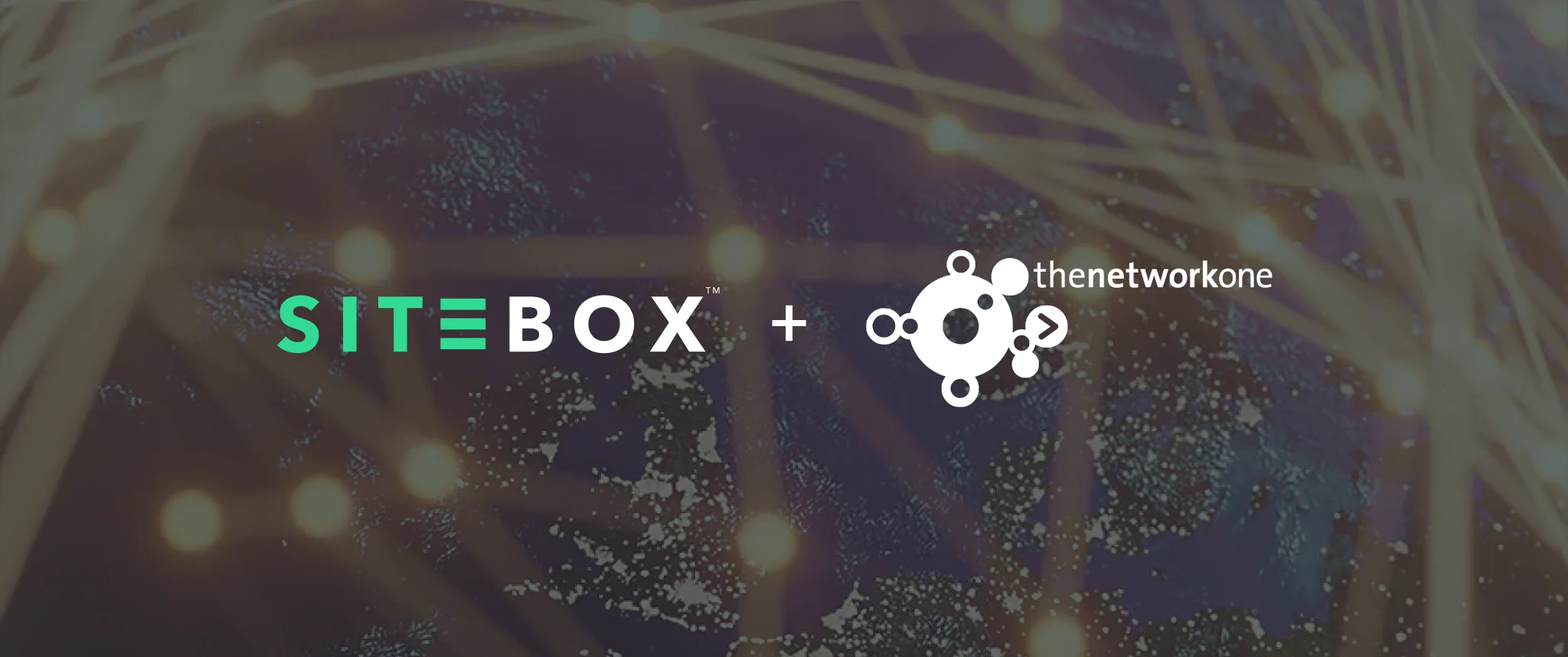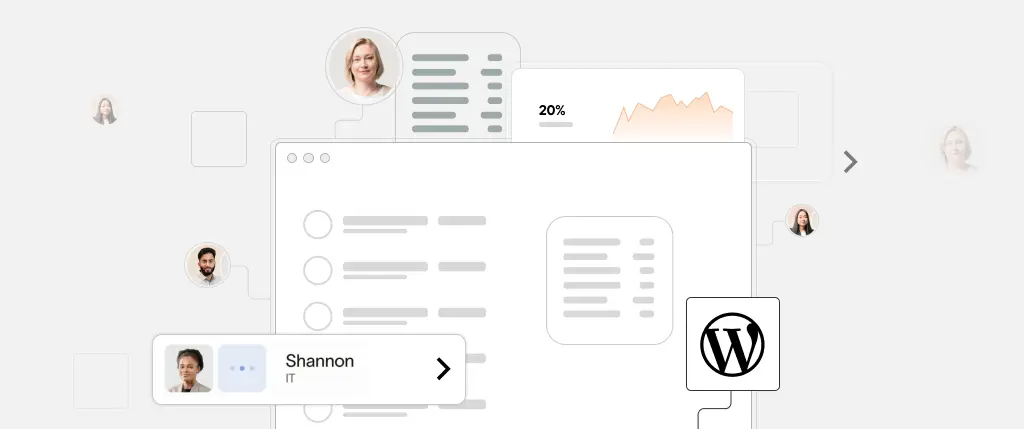When you think about your WordPress website, your mind likely goes to themes, plugins, or content creation. But what keeps your site online and running smoothly lies deeper—inside a web hosting data center. These high-tech facilities are the engine rooms of the internet, housing the servers that power websites worldwide. Understanding how a web hosting data center functions can help you make smarter decisions about hosting, performance, and security for your WordPress site.
What Is a Web Hosting Data Center?
A web hosting data center is a physical facility equipped with the servers, networking hardware, power systems, and security needed to host and deliver websites. These centers are designed to maximize uptime, speed, and safety, ensuring that your WordPress site stays available and performs well.
How Data Centers Fit into the WordPress Hosting Ecosystem
When you purchase a hosting plan for your WordPress website, you’re essentially renting space on a server located in a data center. The hosting provider manages the data center infrastructure—hardware, operating systems, cooling, power, and networking—so you can focus on your site.
Everything from content delivery to page load speed to uptime is influenced by the quality of the data center powering your host.
Core Components of a Web Hosting Data Center
Here’s a breakdown of what’s inside a typical web hosting data center:
- Servers: High-performance computers that store and serve your website data.
- Networking Equipment: Switches, routers, and firewalls that manage data traffic between servers and the internet.
- Storage Devices: SSDs or HDDs that store site files, databases, and backups.
- Power Systems: UPS systems, diesel generators, and redundant circuits keep operations running during outages.
- Cooling Infrastructure: Air conditioners, hot aisle/cold aisle containment, and liquid cooling systems maintain optimal temperatures.
- Security Systems: Biometric access, CCTV monitoring, and restricted zones protect sensitive equipment and data.
Power, Cooling, and Physical Security
A top-tier web hosting data center offers redundant systems to prevent failure:
- Power: Data centers have multiple power feeds, UPS backups, and on-site generators to ensure continuous operation.
- Cooling: Advanced systems regulate airflow and temperature to keep servers cool.
- Security: From keycard access and surveillance to on-site security personnel, physical protection is a top priority.
Network Connectivity and Global Access
Data centers connect to the global internet through high-speed fiber-optic cables and multiple ISPs. This high redundancy ensures minimal latency and maximum uptime, giving users fast and reliable access to your WordPress site.
The more robust the network architecture, the faster your website can load across different geographies.
Types of Web Hosting Data Centers
Not all data centers serve the same purpose. Here are the most common types:
🔹 Enterprise Data Centers
Built and operated by large corporations for private use.
🔹 Colocation Data Centers
Businesses rent space for their own servers, sharing power and cooling.
🔹 Cloud Data Centers
Used by providers like AWS, Google Cloud, and Azure to offer scalable, distributed hosting.
🔹 Edge Data Centers
Located near end-users to reduce latency and boost speed.
Redundancy and Disaster Recovery
High-quality data centers implement redundancy across power, networking, and storage systems to ensure uninterrupted service. If one component fails, a backup immediately takes over.
Disaster recovery protocols are built-in to restore websites quickly in case of hardware failure, cyberattack, or natural disasters.
Eco-Friendly and Green Data Centers
As the web grows, the environmental impact of data centers is under the spotlight. Many now focus on:
- Renewable energy sources
- Efficient cooling technologies
- Carbon footprint reduction
Choosing a host with eco-friendly data centers supports sustainability while maintaining performance.
WordPress Performance and Data Center Quality
Your site’s uptime, load speed, and reliability are tied directly to the web hosting data center that serves it:
- High-performance servers reduce lag and downtime.
- Geographically distributed centers minimize latency for global users.
- Reliable infrastructure supports consistent uptime (99.9%+).
Look for WordPress hosting providers that invest in modern, Tier III or Tier IV data centers.
Optimized WordPress Hosting and Data Centers
To get the most out of your WordPress hosting, ensure your host leverages cutting-edge data center infrastructure. Key features to look for:
- CDN (Content Delivery Network) integration
- Server-level caching and optimization
- Managed WordPress services including updates, backups, and security
Best Practices When Choosing a WordPress Hosting Provider
Use this checklist to evaluate your host’s data center quality:
✅ 99.9% or higher uptime guarantee
✅ Tier III+ certified or equivalent data center facilities
✅ Multiple redundant power and network paths
✅ 24/7 security monitoring and access control
✅ Managed WordPress features for performance and ease-of-use
✅ Global data center presence or CDN support
Conclusion: Why Data Centers Matter for WordPress Success
Behind every fast, secure, and reliable WordPress site is a well-run web hosting data center. These facilities determine your site’s performance, availability, and resilience to threats.
Choosing a hosting provider that prioritizes world-class data center infrastructure means fewer outages, faster load times, and a smoother experience for your visitors.
Looking to optimize your WordPress performance? SiteBox is powered by next-generation data centers designed for scalability, speed, and security.




